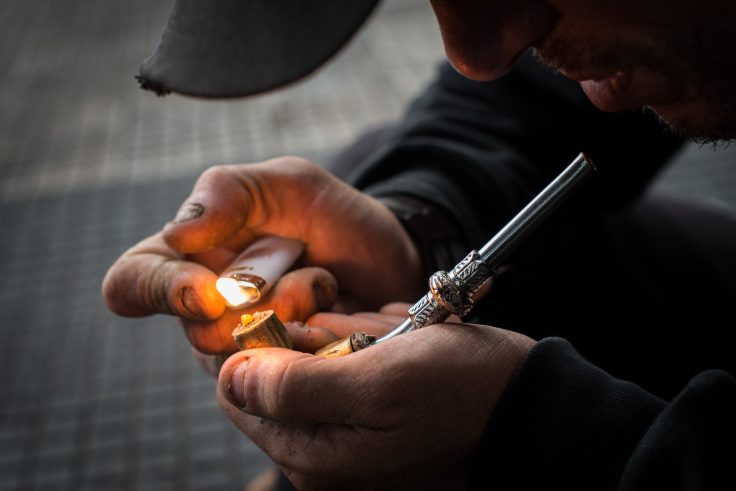Amid a spike in fentanyl deaths, Los Angeles County is turning to creative solutions, including handing out crack pipes.
County teams are passing out glass pipes for smoking opioids, meth, and crack to drug addicts on the street, the Los Angeles Times reported. They also dispense needles, wipes, and medicine for treating overdoses. The supplies are called "harm reduction," and officials argue that it's safer to smoke the drugs than inject them with potentially contaminated needles and fentanyl. Los Angeles County increased its spending on harm reduction from $5.4 million to $31.5 million this year.
The report comes as fentanyl overdose deaths accelerate in California and state Democrats in April blocked two bills that would have strengthened penalties for drug dealers who kill or seriously injure someone with fentanyl or are caught with enough of the drug to kill thousands of people.
A Washington Free Beacon investigation last year found several Democratic cities hand out crack pipes despite the Biden administration claiming its multimillion-dollar harm reduction program doesn't spend taxpayer dollars on drug paraphernalia. Every organization the Free Beacon visited, including in Boston, New York City, Washington, D.C., Baltimore, and Richmond, included crack pipes in their kits.
A February 2022 Free Beacon report found that a $30 million harm-reduction program would fund the distribution of "safe-smoking kits," which generally include crack pipes.
One community activist, Manuel Campito, said handing out pipes to drug users is comparable to assisted suicide.
"I wouldn’t get pipes to give them out myself," Campito said. "You know Dr. Kevorkian assisted suicide? That’s pretty much what it is."
Residents in Los Angeles's downtown district that is hardest hit by the drug epidemic don't all agree that handing out drug supplies is the solution, the Los Angeles Times reported:
But the pipes tap a nerve, particularly in Skid Row, home to as many as 1,500 homeless people with substance abuse disorder and a wide array of drug recovery and prevention groups that serve homeless people throughout the city.
The 50-block downtown district saw the worst of the 1980s crack epidemic, and its converted flophouses and apartments are home to many residents who graduated from 12-step or other abstinence-based programs.
